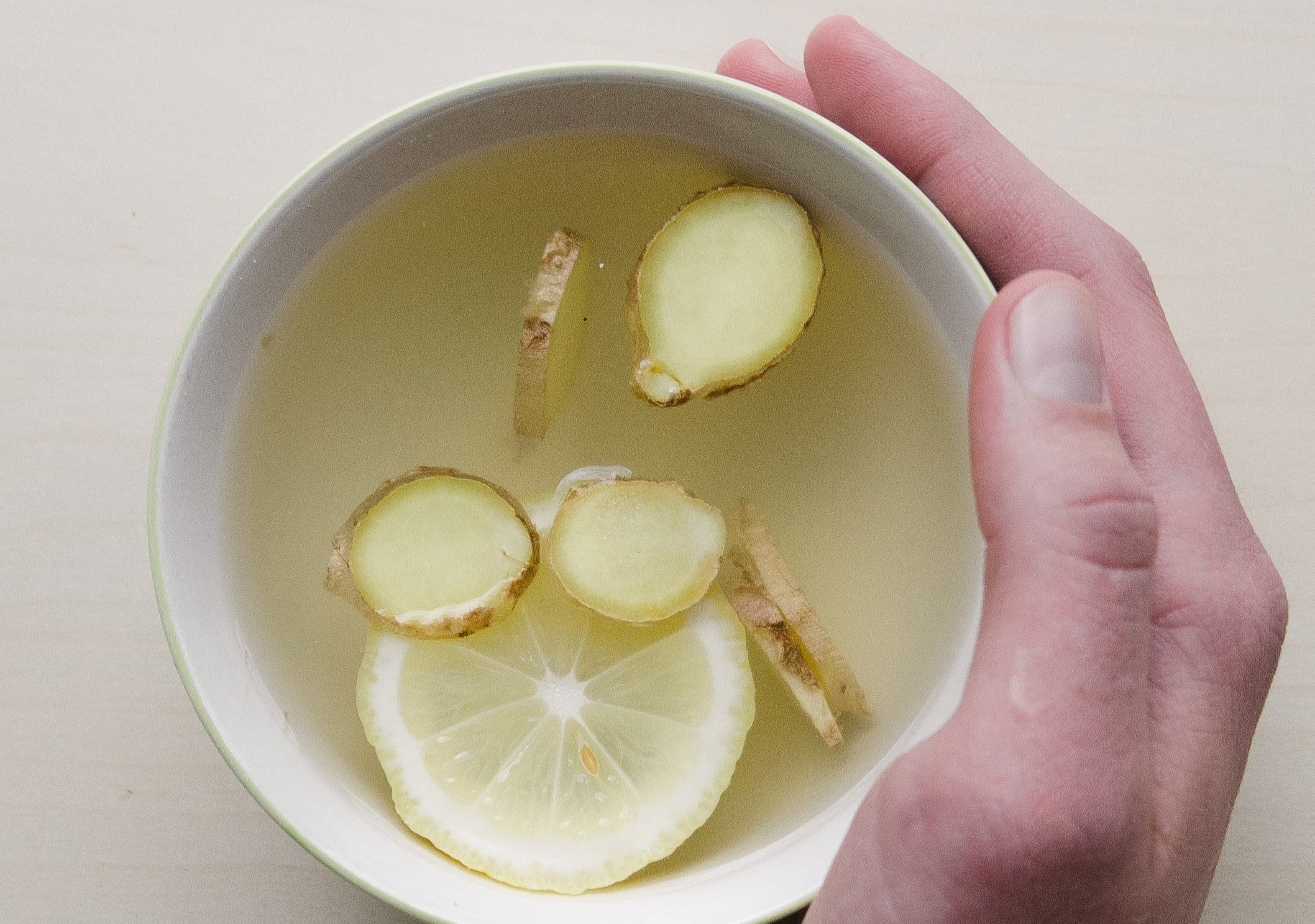
There are many types of "detox" or "cleanse" programs available. (Just Google these terms!) How is an individual to choose which one is best? Of course, I recommend the Ayurveda approach to detoxification. Here's some information about what that means.
Ayurveda Detoxification: How to Cleanse Safely
Ayurveda recommends internal cleansing at every change of season. Detoxification is especially beneficial in the spring, because that is the time of year when all of nature is rejuvenating itself.
Safety is a major consideration in all detoxification programs
Whether for detoxification or for treating an imbalance, it is important to follow Ayurveda's rule of balance - a new imbalance should not be created in order to fix an existing imbalance. Following this principle, the Ayurveda detoxification gently flushes out toxins without disturbing the body's own natural functioning.
Ayurveda recommends two kinds of detoxification programs: self-detoxification (including diet, herbal preparations, and daily routine) and a detoxification program supervised by an Ayurveda Health Counselor or Practitioner. The program you choose depends on the nature of your imbalances and the type of toxins lodged in your body.
Types of toxins and where they originate
There are three different types of toxins that can impact the physiology (pardon my Sanskrit!): ama, amavisha, and garvisha. Ama, the most common type of toxin, is the waste product of incomplete digestion. Sticky, white and foul-smelling, ama forms in the digestive tract when the food is not digested properly. Ama may be caused by eating foods unsuitable for your body type, eating foods out of season; eating too much or too little; eating before the previous meal is digested; going to sleep on a full stomach; or eating foods that are left over, processed, or old. If ama continues to be produced over a long period of time, it can travel from the digestive tract to settle in a weak area elsewhere in the body. Usually it blocks the shrotas (microcirculatory channels) and disrupts the flow of nutrients to the area as well as the body's natural waste removal systems.
Ama also develops when the digestive strength (agni) is weak. By enhancing agni through dietary changes or by taking herbal supplements, the digestive system can burn off simple ama and clear it from the body.
Amavisha is a more reactive type of ama that forms when ama settles in one part of the body for a long time. This toxic, reactive type of ama is more dangerous than the simple ama and must be dealt with differently during detoxification.
Garvisha is the third type of toxin, and unlike ama and amavisha, garvisha comes from outside the body from environmental toxins (chemicals, preservatives, poisons, air and water pollution, genetically engineered foods, synthetics and chemicals in clothing, synthetic drugs, chemicals in household cleansers, and heavy metals) as well as toxins from spoiled foods.
The shrotas role in removing these toxins from the body
In detoxification, the shrotas play a major role, because the toxins have to leave the body through the large and small channels of the body. So it's very important to maintain the proper health of the shrotas during all the stages of detoxification.
There are three kinds of damage that can happen to the shrotas. The first is blockage of the shrotas with simple ama. This type of toxin is easy to remove through purification and detoxification processes. Simple ama can be dissolved through diet, herbal formulas and at-home procedures.
The second type of abnormality involves the more toxic and reactive amavisha where the shrotas or channels themselves become hardened and dried with toxins. If your shrotas were pipes, the amavisha would be rust, not only blocking the pipes but actually corroding them as well. The channels become dry, inflexible, and narrow. There can also be blockage at the same time. This is the ayurvedic genesis of problems such as atherosclerosis.
Removing this reactive type of toxin is a more complex problem. Ayurveda detoxification procedures first smooth and lubricate the toxins before detoxification. If the detoxification program doesn't first loosen the toxins, the shrotas could rupture when toxins are forced out of the body.
The third type of damage to the shrotas is when amavisha becomes even more reactive, or when these toxins are also joined by garvisha (environmental toxins). In this situation the shrotas actually rupture and become seriously damaged. This is the stage in which serious diseases of the shrotas manifest, such as ulcerative colitis, Multiple Sclerosis, and other autoimmune diseases.
The main methods of detoxification used in Ayurveda
Ayurveda uses the body's own natural detoxification systems, including the bowel, kidneys, urine, skin, sweat glands and liver. Ayurveda detoxification methods are never harsh or forceful; they support and enhance the body's own ability to release toxins.
Each detoxification program cleanses all of the body's natural purification systems at once in a coordinated way. If the detoxification program focuses on just one system, such as the liver, colon, or bowel, an imbalance might be created.
Steps for detoxification
Ayurveda detoxification programs usually have three steps: preparation, cleansing and post-cleansing. Preparation is the most important part of the ayurveda detoxification program. To prepare the body for detoxification, it's important to first balance the agni, or digestive fire. The preparation phase also employs a dosha-pacifying diet for a period of time prior to the actual detoxification process.
During the cleansing phase of detoxification, the goal is to improve elimination, enhance cellular purification and improve assimilation of nutrients. Certain herbs are used during this cleansing phase which are highly effective in flushing out toxins from the liver, blood, sweat glands and elimination system.
The third step, or post-cleansing, is important because this is the optimum time to take the ayurveda elixirs that rejuvenate the body. With the toxins cleared out of the organs and channels of the body, the body is more awake and alert and can utilize the benefits of the elixirs more efficiently than before the cleansing process.
To determine the type of cleansing program might be bests for you, please contact me for a discovery session.
Disclaimer
The sole purpose of this article is to provide information about the tradition of ayurveda. This information is not intended for use in the diagnosis, treatment, cure or prevention of any disease. If you have any serious acute or chronic health concern, please consult a trained health professional who can fully assess your needs and address them effectively. Check with your doctor before taking herbs or using essential oils when pregnant or nursing.

Comments